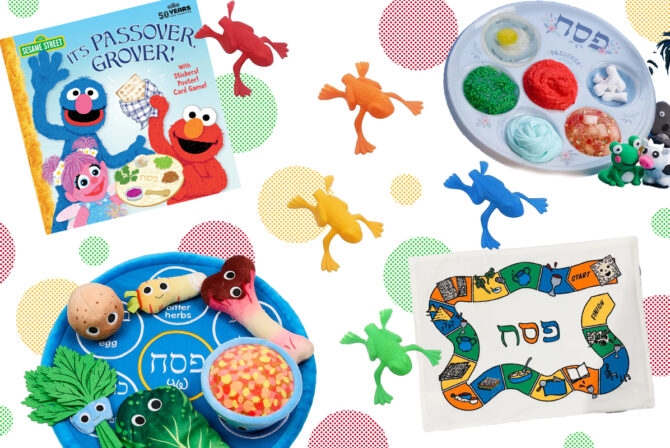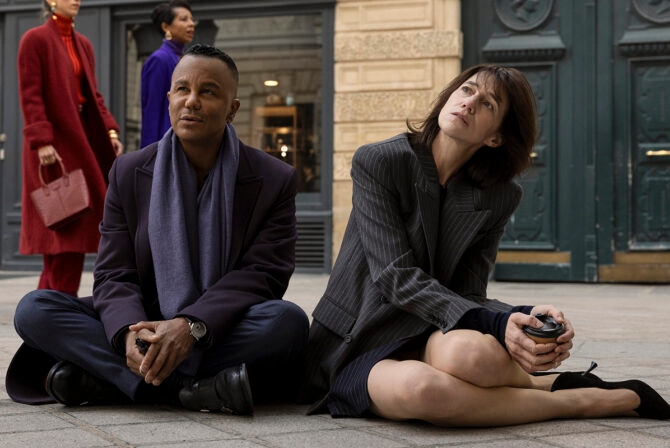When each of my kids was born, our accountant sent a piggy bank for them. Since then, the accumulation of various piggy banks has grown: glittery ones from pottery painting; tin ones from someone’s trip abroad; and paper mache ones made at camp. My children filled them all with pennies and nickels and quarters that people gave them or they found on the street without a thought about what those coins might be used for.
As math became more interesting, my son dumped his coins all out one day and counted all of his money. He realized he had about $40 in coins. No matter. He just put them all back. My daughter never counted hers.
Money is something we talk about a little bit in our house. When we go shopping for birthday presents, sometimes our children will pick out gifts that are too expensive and we’ll have to explain that. My son now checks the price before he proposes it as an idea. They know we use money for food and transportation. They like to help us pay at the pharmacy and grocery stores, and my son likes to figure out how much change he should get back.
But never before did they use any of their own money. Until this year.
My 5-year-old daughter’s birthday is one month before Passover. She had received her birthday check from our generous cousins and it was possibly the first time she had seen it and asked what it was—learning, in the process, that she had a bank account of her own.
At Passover, my children each received $5 per afikomen per seder. The bills were too big for my daughter’s piggy banks and she didn’t know what to do with them. She thought about putting them in her toy cash register but decided, instead, that she wanted to put them in the bank with her other money. I was shocked. And thrilled. It was her first personal contribution to her future, even if she didn’t really understand that.
So she and I made a trip to the bank. We went to the tellers’ windows. I proudly told the teller that my daughter wanted to put a deposit into her account. The teller was unimpressed but did the transaction, anyway. I held my daughter up so she could see what was going on with her money.
More recently, on a very hot day in summer, my children wanted to have Italian ices. I went to my wallet to give money to the babysitter but my son shouted at me, “No! I want to pay for it!” Very startled, I listened as he explained that he and his sister had had a deal: She would ask about the Italian ices, and he would pay. I was perplexed about why he wanted to spend his money on this and told him he didn’t need to but he was insistent.
“It’s my money, Mommy.” I agreed and he ran to get his five dollar bill from Passover. I was amused that he felt that he only needed my permission for the Italian ices and not my money for them. To this day, I still don’t know why it was so important that he paid.
While they were eating the ices, he discovered that his sister had put her money in the bank several months earlier. I heard his brain turning this information over almost as loudly as the slurping of the Italian ice. Why had she done that? I could see him wondering.
I’ve thought about the choices my children each made with their first $5 bills. I think I have finally concluded that it seems age appropriate and personality appropriate for both of them, though it was surprising for me. My daughter chose to save it until she understood more. My son wanted to buy a treat to share with his sister. It will be fascinating to see how they continue to approach their money as they get older. Perhaps the choices they made now will teach each other in the future.
Read More:
Bracing Myself Against My Son’s Severe Mental Illness
Mayim Bialik: Why I Support This Mental Health Organization & You Should Too
Why This Rabbi Uses Martial Arts to Help Kids with Cancer







